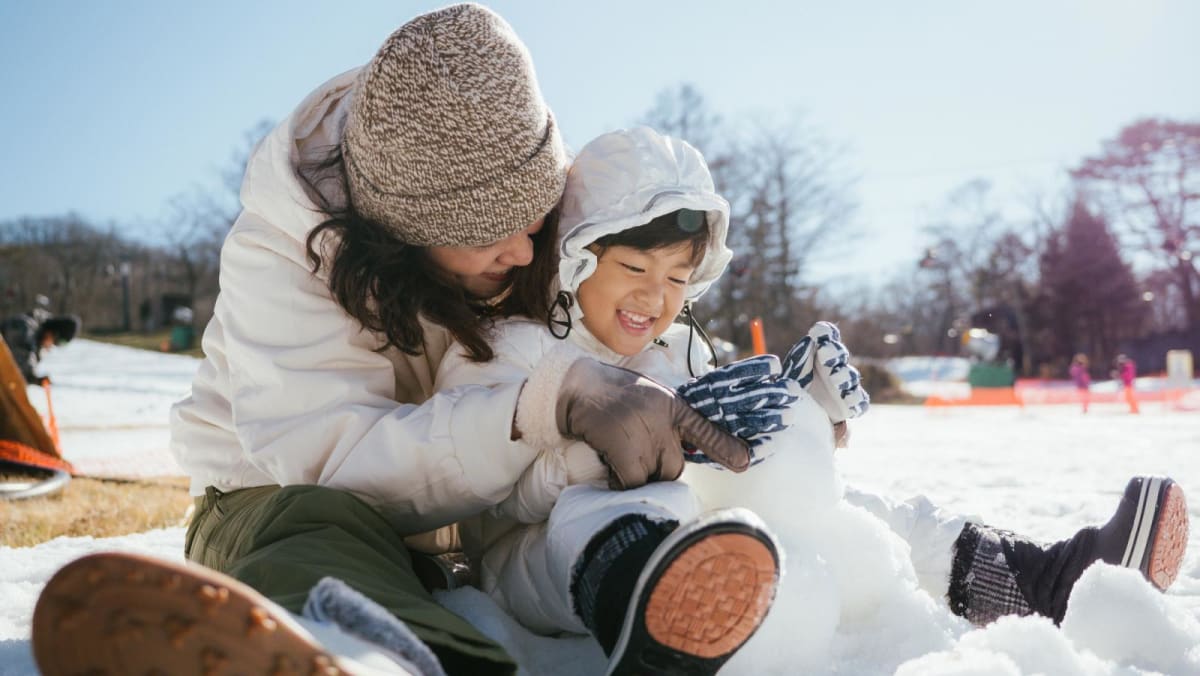TEACHING KIDS TO TRAVEL WITH INTENTION
Last year, our family headed to Seoul for a short vacation during the June holidays. Included in the itinerary: A trip to the popular Alpaca World that all three of my sons were quite excited for, and a day’s outing to the Demilitarized Zone (DMZ) which ranked far lower on the excitement meter for the boys.
True to form, Alpaca World had high entertainment value. I squealed in delight as hordes of alpacas rushed down the hill in a feeding frenzy. We spent hours walking about the park looking at cute animals; but really, we learnt virtually nothing about alpacas beyond the cursory.
In comparison, the DMZ was heavy going, weighed down by a sense of formality and seriousness throughout.
My sons dutifully followed our guide from one war monument to another. They peered through viewing devices into North Korea. They listened to the loud music blasting through loudspeakers on both sides. They even gamely trekked down to see the Third Tunnel of Aggression.
At Freedom Bridge, they listened sombrely as our guide told us about North-South family reunions and how war has shaped Korean cuisine (army stew was born out of scavenging of edible scraps from American military installations and dakgalbi is rife with lettuce because it was cheap and filling).
Months later, no one talks about Alpaca World.
Every now and then, we find ourselves discussing something we learnt from that “less exciting” DMZ outing.
My eldest, aged 14, talks about why statements like “the Japanese have finer cuisine” don’t take into account the full picture. My second-born, post-PSLE, expresses distress that one country’s version of history could be so markedly different from another’s. My seven-year-old finds it “gross” that poop-bombs are a war tactic.
Singapore’s own National Gallery Museum encourages a three-prong method to start conversations about art: See, think, wonder. I’ve adopted this for a whole myriad of things, including travel.
Whether you are at the DMZ, Disneyland or a cultural programme in the middle of a rural Japanese town, “see think wonder” invites you to pause, engage and ask questions. It reminds us to be present and curious, regardless of where we are and what we’re doing.
Whether we’re at a border zone, a museum, or even a playground what we get out of it is up to us. Are we focusing on experience or optics? Reflection or activity? Presence or performance?
That’s what makes all the difference between a trip that ends when the bags are unpacked, and one that lingers in meaningful ways long after.
Cherie Tseng is Chief Operations Officer at a local fintech company, a mother of three and editor with The Birthday Collective.
